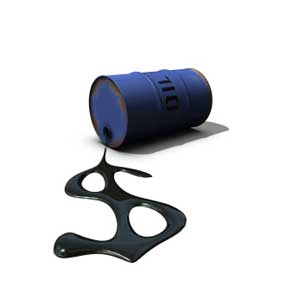Oil giants Exxon Mobil and Shell presented less than slick results as demand slipped back for fuel and gas across the world’s largest economies.
Exxon, the world’s largest oil company by market value, reported disappointing earnings that fell short of expectations.
Second-quarter net income was $15.9 billion, or $3.41 per share, compared with $10.7 billion, or $2.18, a year earlier. Excluding one-time gains that accounted for almost half of the quarter’s profit, per-share income was $1.80, or 15 cents lower than the average of 15 analysts’ estimates compiled by Bloomberg.
Results were down for the second quarter in a row as production declined, with the company producing 4.15 million barrels of crude a day in the second quarter – the lowest level for two years.
Royal Dutch Shell also produced poorer than expected second quarter figures.
Earnings were down 13% due to weaker oil and gas prices.
Helal Miah, investment research analyst at The Share Centre, explains what the results mean for investors.
“Royal Dutch Shell’s share price has taken a hit this morning, falling by more than 3%, as the company’s second quarter earnings fell short of market expectations. It announced earnings of $5.7 billion, measured on a current cost of supplies basis, against $6.6 billion for the same period last year, a 13% decrease.
The market consensus figure was approximately $6.3 billion. Royal Dutch Shell cited that weaker oil and North American gas prices offset the benefit of increased upstream volumes and improved refining margins.
“The group’s capital investment program has increased operational uptime, performance and costs. Investors will be pleased to hear that these programs should help drive oil and gas production growth for many years to come.
“There are currently 20 major upstream projects under construction and we believe this will help increase production capacity and keep costs under control. The company continues to look at offloading non-core operations to build high potential exploration acreage, including shale and deep water fields.”
